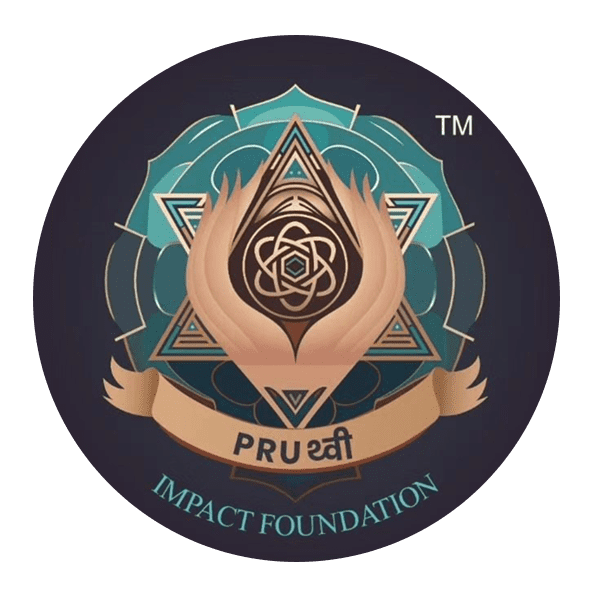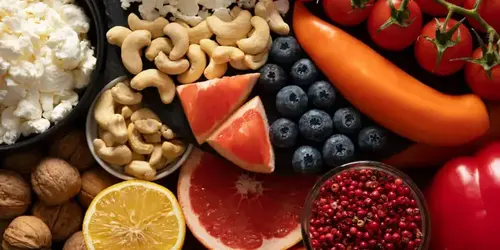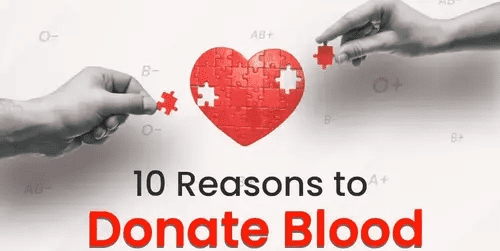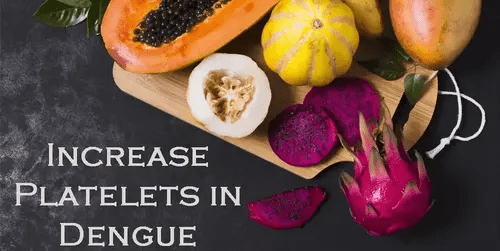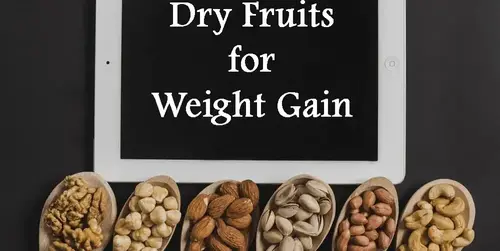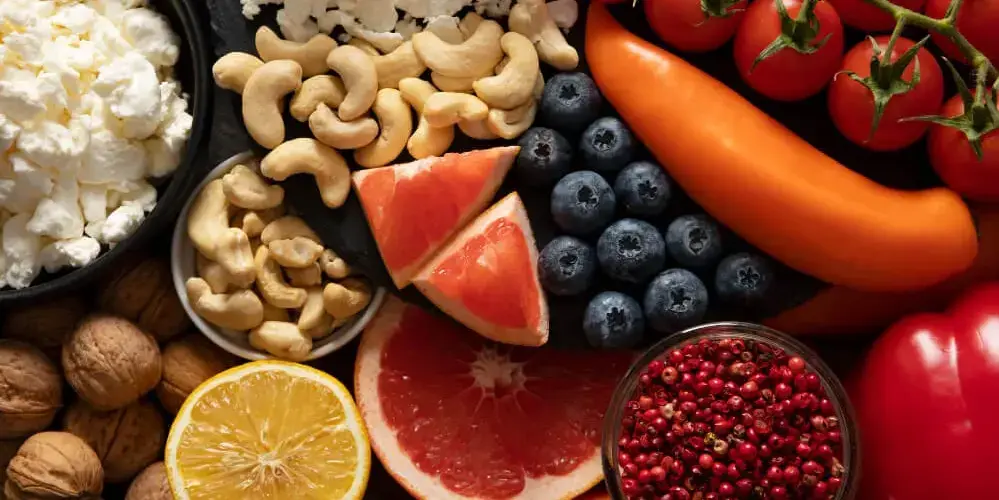
Feeling constantly fatigued, weak, or finding yourself short of breath could indicate low levels of hemoglobin. Hemoglobin is an iron-rich protein found within your red blood cells, and its primary responsibility is to transport oxygen from your lungs to all other parts of your body. When hemoglobin levels drop too low, it can lead to anemia, potentially impacting your energy levels, vitality, and overall health. This blog will discuss the most powerful foods for increasing hemoglobin levels and provide tips to help your body get the most out of them.
Understanding Hemoglobin and Iron Deficiency
Hemoglobin is a complex protein found in massive quantities within your red blood cells. Its primary function is to bind to oxygen molecules in your lungs and transport them throughout your body, delivering this essential fuel to your organs, tissues, and cells. To create hemoglobin, your body requires iron. Without sufficient iron stores, your body struggles to produce adequate amounts of hemoglobin, potentially leading to widespread consequences.
Iron deficiency is the most common cause of anemia worldwide. Iron deficiency anemia develops when your body’s iron stores become depleted, hindering the production of healthy red blood cells. When your tissues and organs aren’t getting the oxygen they need, you might experience symptoms such as:
- Persistent fatigue and weakness
- Pale skin and nails
- Shortness of breath
- Dizziness and lightheadedness
- Headaches
- Rapid heartbeat
- Cold hands and feet
It’s important to maintain healthy hemoglobin levels for optimal health and well-being. If you suspect low hemoglobin levels, consult your doctor. They can perform a simple blood test to assess your hemoglobin and iron levels and provide personalized recommendations.
Powerhouse Foods to Increase Hemoglobin
Iron-Rich Meats and Seafood
Lean red meats, organ meats (particularly liver), chicken, turkey, and seafood like sardines, oysters, and clams are excellent sources of heme iron, the form most easily absorbed by your body. Beef and lamb are particularly good choices, containing easily accessible iron. Include these sources of iron a few times per week to optimize your hemoglobin levels.
Leafy Green Vegetables
Leafy green vegetables like spinach, kale, collard greens, and broccoli are packed with iron. They also offer a bonus: vitamin C, a powerful nutrient that significantly enhances iron absorption from plant-based foods. Enjoy these greens in salads, stir-fries, smoothies, or as a side dish to bolster your iron intake and promote hemoglobin production.
Legumes: Your Hemoglobin Allies
Lentils, beans (kidney, black beans, etc.), chickpeas, and peas are not only delicious but also provide both iron and folate. Folate is a crucial B vitamin necessary for the production of healthy red blood cells. Incorporating legumes into soups, stews, and salads, or enjoying them as a tasty side dish can give your hemoglobin levels a welcome boost.
Nuts and Seeds: Snack Your Way to Healthy Hemoglobin
Nuts and seeds are a delightful and convenient way to elevate your iron intake. Cashews, almonds, pumpkin seeds, and sunflower seeds are particularly good sources of iron, and they offer many other health benefits like healthy fats and fiber. Add them to trail mix, yogurt, or salads, or simply enjoy a handful as a snack to support your hemoglobin levels.
Vitamin C-Rich Fruits and Vegetables
Oranges, strawberries, bell peppers, tomatoes, kiwi, and broccoli are all packed with vitamin C. This essential vitamin dramatically increases your body’s ability to absorb iron from foods, particularly plant-based sources. Include a variety of vitamin C-rich fruits and vegetables in your meals and snacks to maximize the iron you get from other foods.
Dried Fruits: A Concentrated Source of Iron
Dried fruits like apricots, raisins, prunes, and figs deliver a concentrated dose of iron in a sweet and portable package. Enjoy them as part of a healthy breakfast, toss them into salads, or have them as a satisfying snack for a boost of hemoglobin-supporting iron.
Fortified Cereals and Bread
Many breakfast cereals and bread products are fortified with iron, offering a convenient way to increase your daily intake. Look for options labeled, “fortified with iron” on the packaging. Pair a fortified cereal with a glass of orange juice for enhanced iron absorption and a wholesome, balanced breakfast.
Eggs: A Versatile Protein with Bonus Iron
Eggs are a fantastic source of protein and offer a decent amount of iron. Enjoy them scrambled, poached, boiled, or as part of a frittata for a satisfying and hemoglobin-friendly meal.
The Power of Dark Chocolate
Good news for chocolate lovers: dark chocolate contains a surprising amount of iron. Choose varieties with a high cacao percentage (70% or higher) to maximize iron intake while reaping the antioxidant benefits of cocoa. Enjoy a few squares of dark chocolate as a guilt-free dessert that supports your hemoglobin levels.
Additional Tips to Boost Hemoglobin
While a diet rich in iron and vitamin C is fundamental, here are some additional strategies to maximize your body’s ability to produce and utilize hemoglobin:
Iron Supplements
For individuals diagnosed with severe iron deficiency, iron supplements may be recommended by a doctor. It’s essential to consult your physician before starting supplementation, as excess iron can be harmful. Your doctor will determine the appropriate dosage and duration based on your personal needs.
Cooking Methods
Cooking in cast-iron cookware can leach small amounts of iron into your food, subtly increasing your daily intake. Especially for acidic foods like tomato-based sauces, the iron transfer is slightly enhanced.
Limit Iron Inhibitors
Certain substances can hinder the absorption of iron, particularly the non-heme iron found in plant-based foods. Tea, coffee, calcium-rich foods (like dairy), and certain supplements can fall into this category. For optimal absorption, it’s best to enjoy these items between meals rather than immediately alongside your iron-rich foods.
Gut Health Matters
A healthy, balanced gut microbiome is crucial for efficient nutrient absorption, including iron. Support gut health with a diet rich in fiber, prebiotics (found in foods like garlic, onions, and bananas), and fermented foods (like yogurt or kimchi).
Hydration is Key
Proper hydration ensures optimal blood volume, enhancing the delivery of oxygen and nutrients throughout your body. Aim to drink enough fluids throughout the day, keeping your urine pale yellow as an indication of proper hydration.
Prioritize Exercise
Regular exercise stimulates the body’s production of hemoglobin to meet your body’s increased oxygen demands during physical activity. Aim for a mix of cardiovascular and strength training exercises for well-rounded fitness.
Important Note
If you have a chronic condition that affects iron absorption or a bleeding disorder, be sure to consult your doctor before making significant dietary changes or taking supplements.
Conclusion
Enjoy a balanced diet rich in iron-rich choices, and strategically include vitamin C sources for maximal iron absorption. With these dietary changes, you can significantly boost your hemoglobin levels, enhance your energy, and feel your vibrant best!

